These are, in our opinion, Tibet's five best destinations for travelers visiting for the first time.
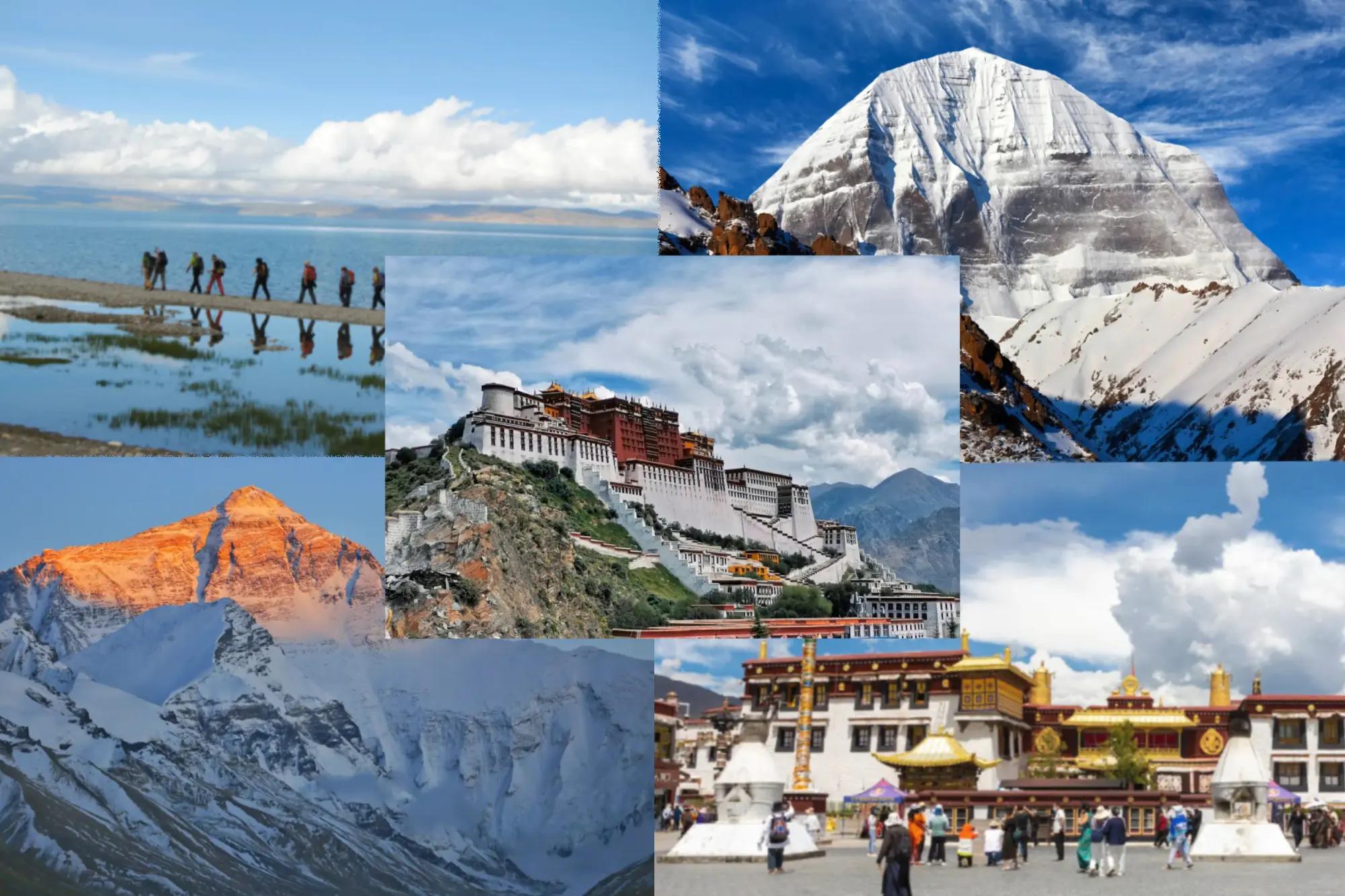
Situated at 3,700m, the Potala Palace is the highest palace in the world. It is a UNESCO World Heritage site and the former residence of the Dalai Lama.
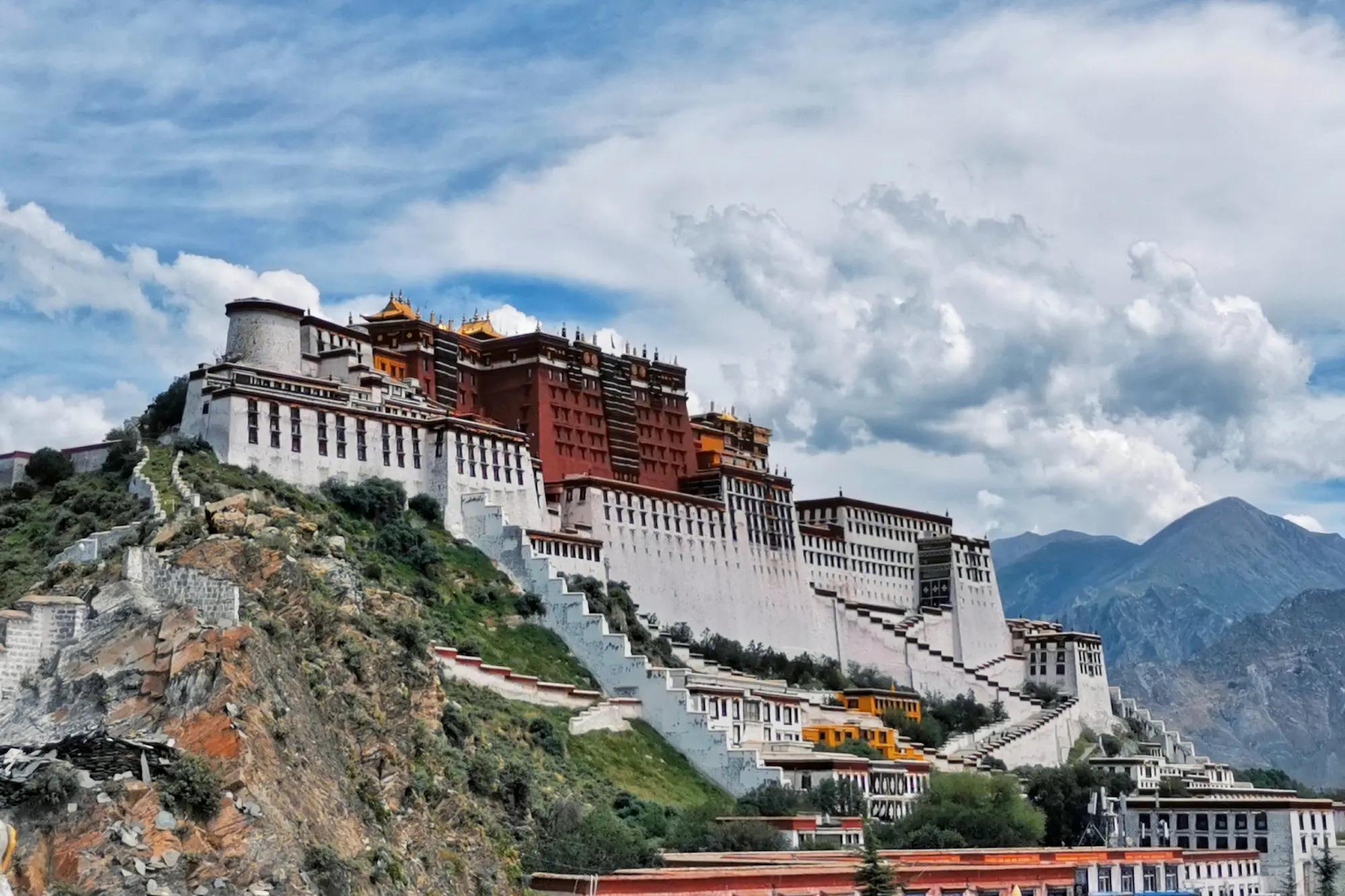
Historical Facts
Most Tibet tours include a visit to the Potala Palace, and we recommend including it on a custom tour as well, since it's located in Lhasa, where you'll most likely arrive and leave.
The Jokhang Temple is a deeply sacred Buddhist temple located in the heart of Lhasa. This temple is known for its stunning architecture and beautiful artwork. It is still a living spiritual center of Tibet with daily spiritual practices and religious rituals performed by monks and pilgrims.
Numerous Tibetan Buddhists make pilgrimages to the Jokhang Temple, traveling great distances and performing prostrations all along the way.
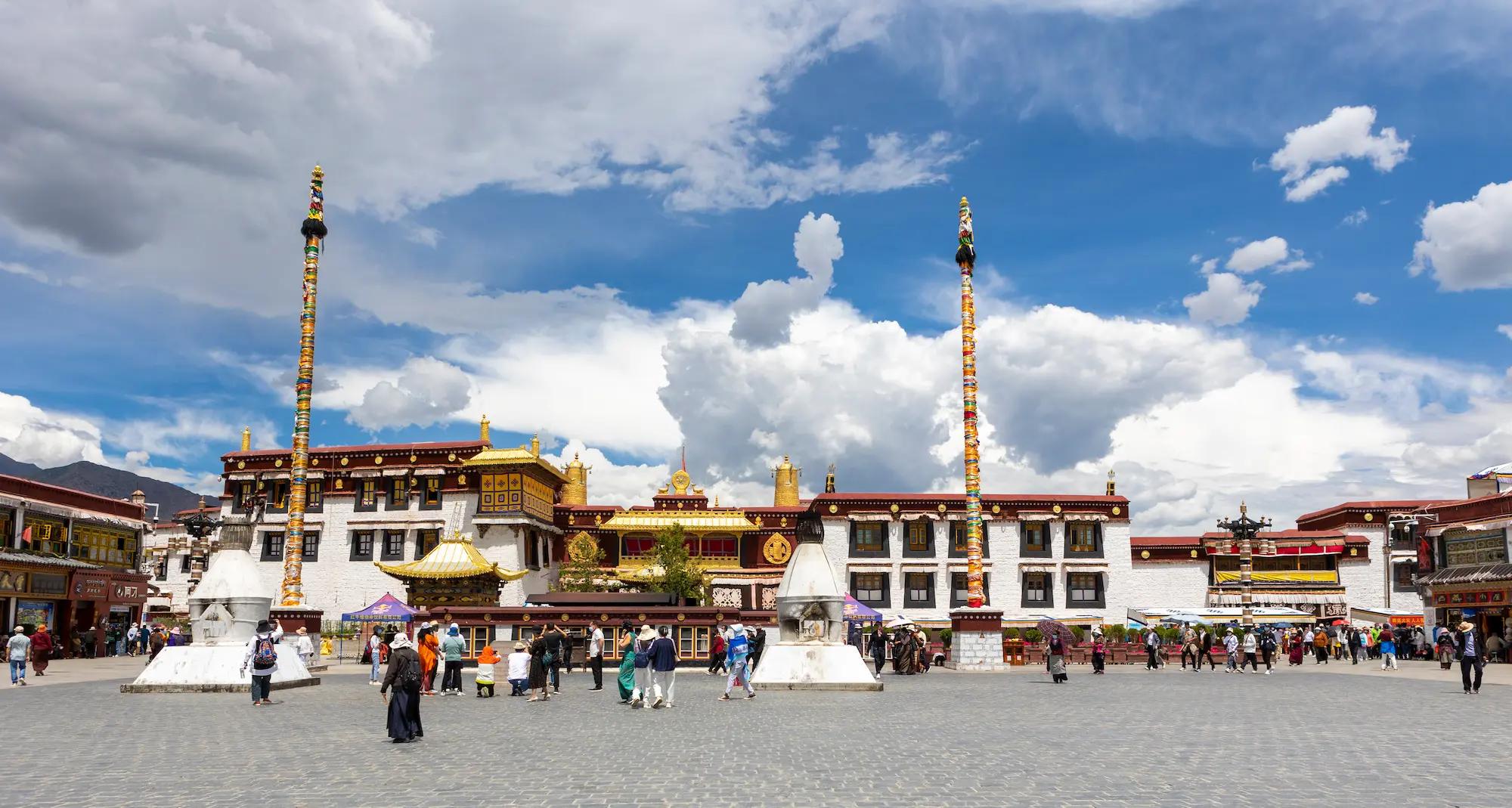
Historical significance:
Built in the 7th century, it's one of Tibet's oldest and most sacred Buddhist temples. It was founded during the reign of King Songtsen Gampo.
The temple houses one of the most holy objects in Tibetan Buddhism. : the Jowo Rinpoche, a revered statue of Buddha Shakyamuni that's believed to have been blessed by the Buddha himself.
Mount Kailash is an extremely sacred mountain in Tibet that is considered to be the spiritual center of the universe in four major religions: Buddhism, Hinduism, Jainism, and Bön.
You can join a multi-day trek that circles the entire mountain for 52km.
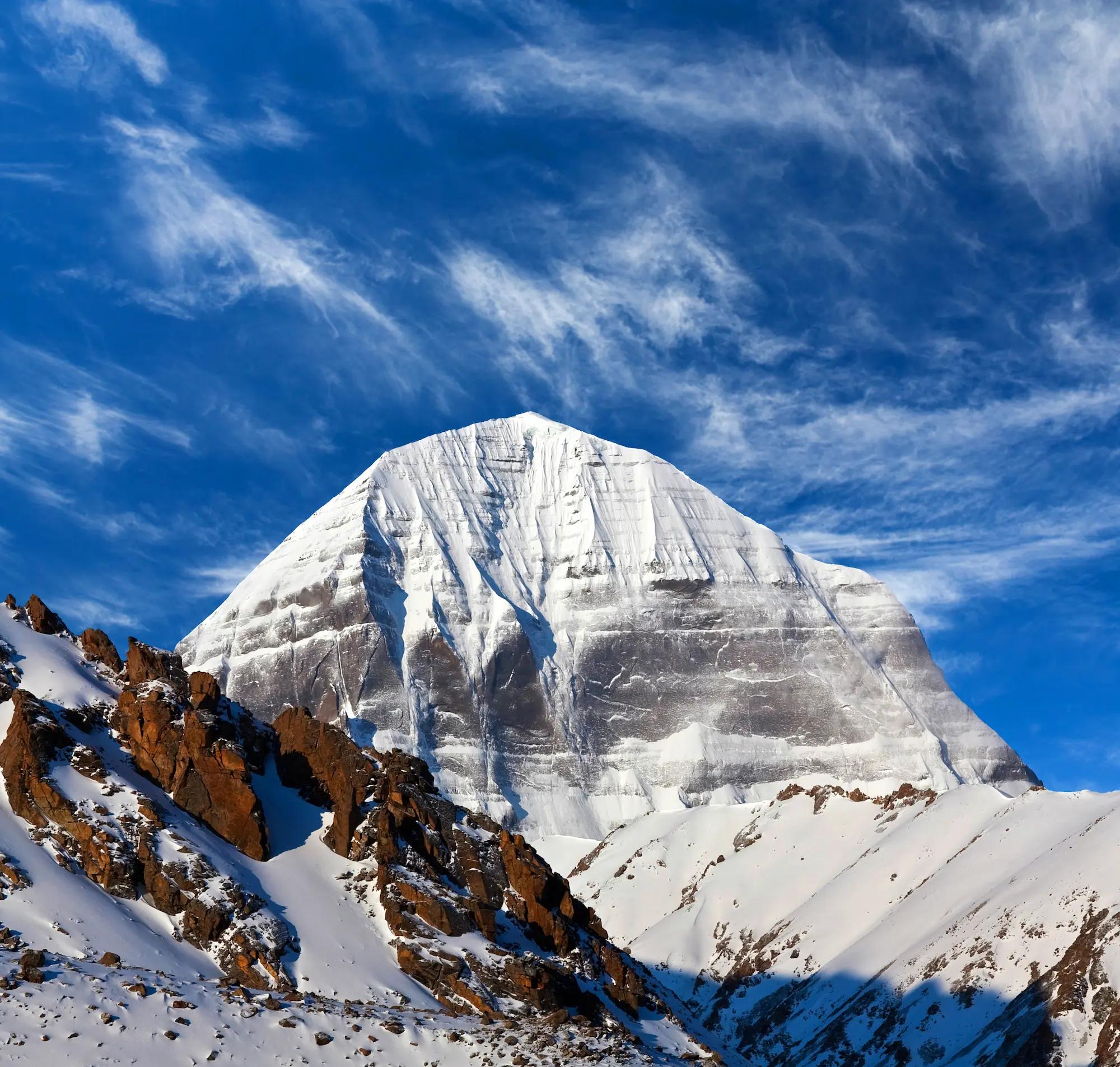
Interestings facts about Mount Kailash:
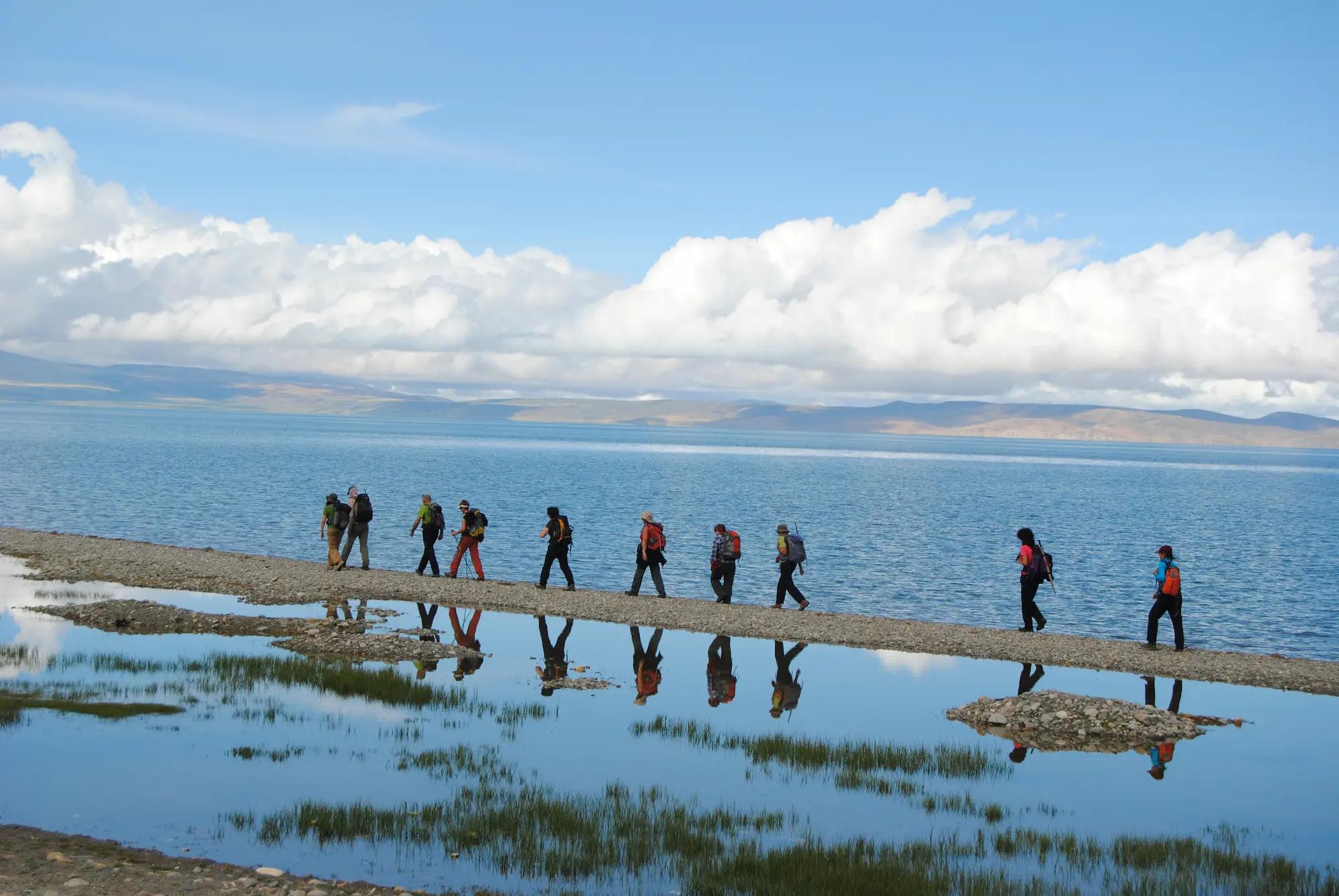
The Namtso Lake is a stunning high-altitude lake located in the Tibetan plateau. It is often called Heavenly Lake or sky lake; the color of the lake often makes it difficult to distinguish it from the sky.
This lake of incredible natural beauty offers opportunity for hiking and camping, it is home to rare animals like wild yaks and Tibetan antelopes.
Interesting facts about lake Namtso:
Tibetan Buddhists believe Namtso is the "Gateway to Shambhala" (a hidden paradise).
Visiting EBC in Tibet is the closest way to see Everest without climbing it.
Located next to Rongbuk Monastery, the highest monastery in the world, this base camp offers an unforgettable experience.
Unlike the Nepal side (which also has an EBC), where the Everest view is partially blocked by Mount Lhotse, Tibet's side features unobstructed, majestic views of the world's highest peak.
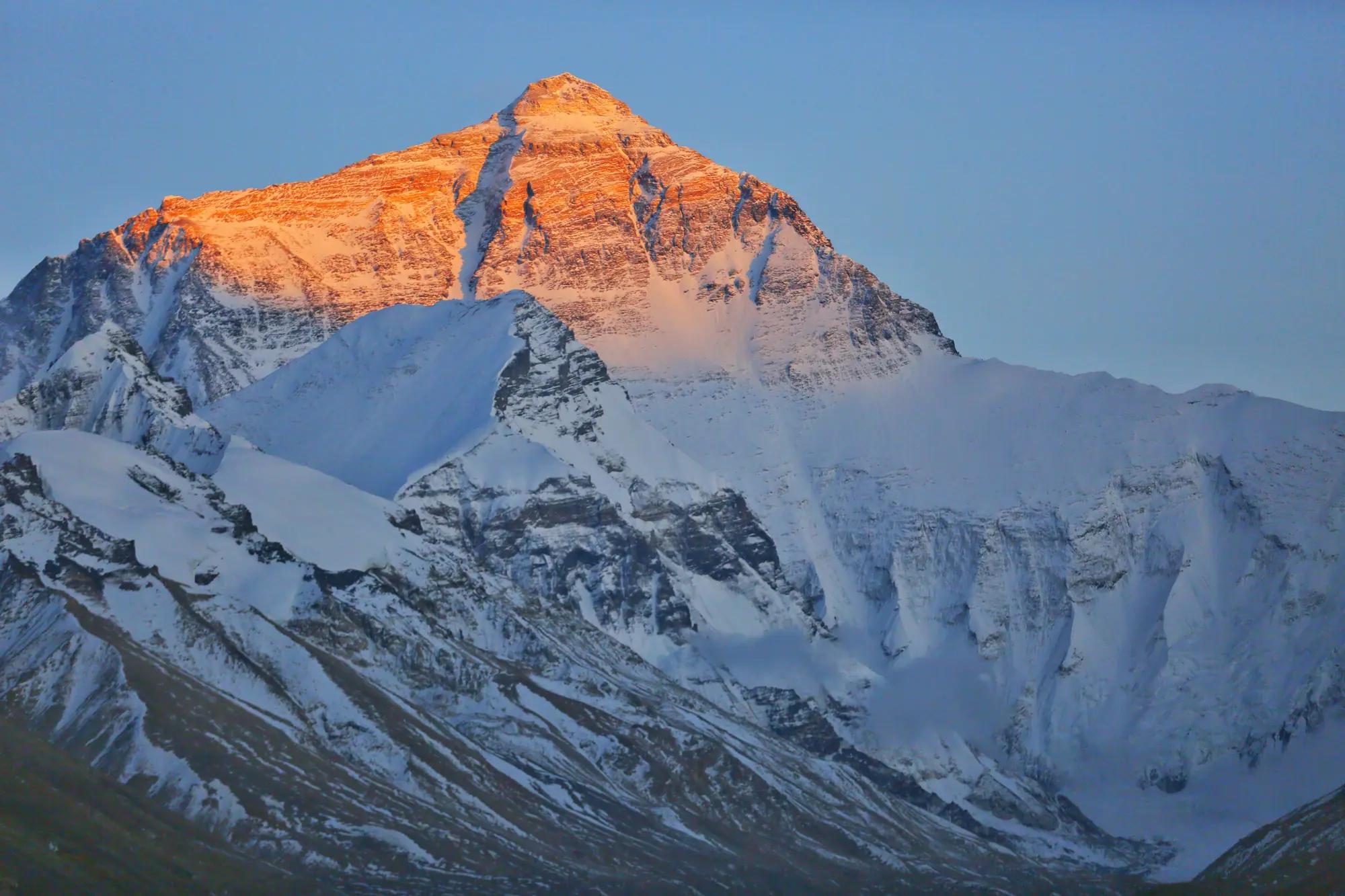
There are two Everest Base Camps: